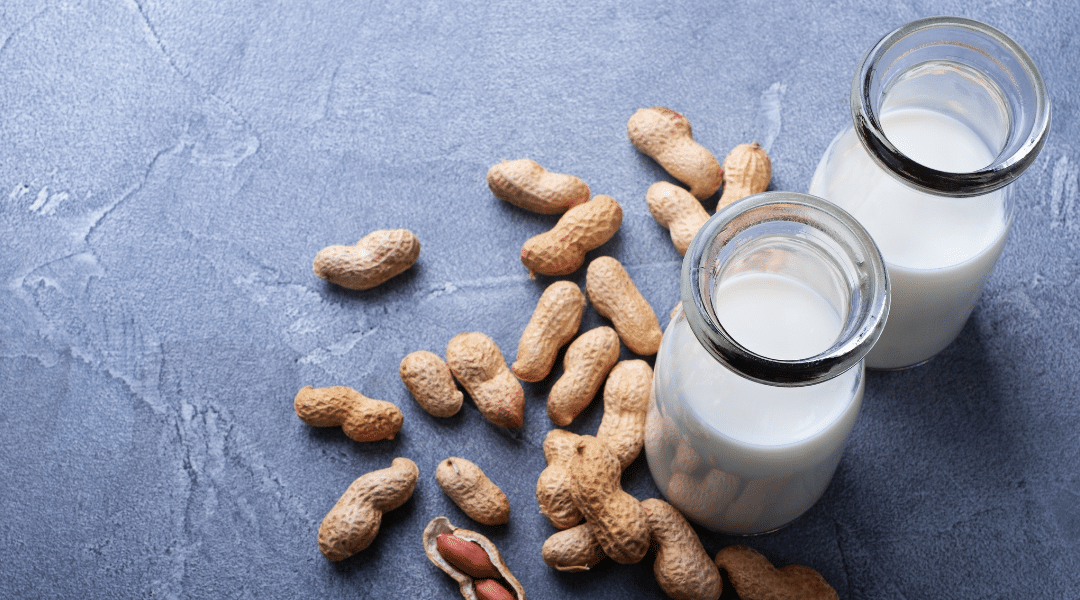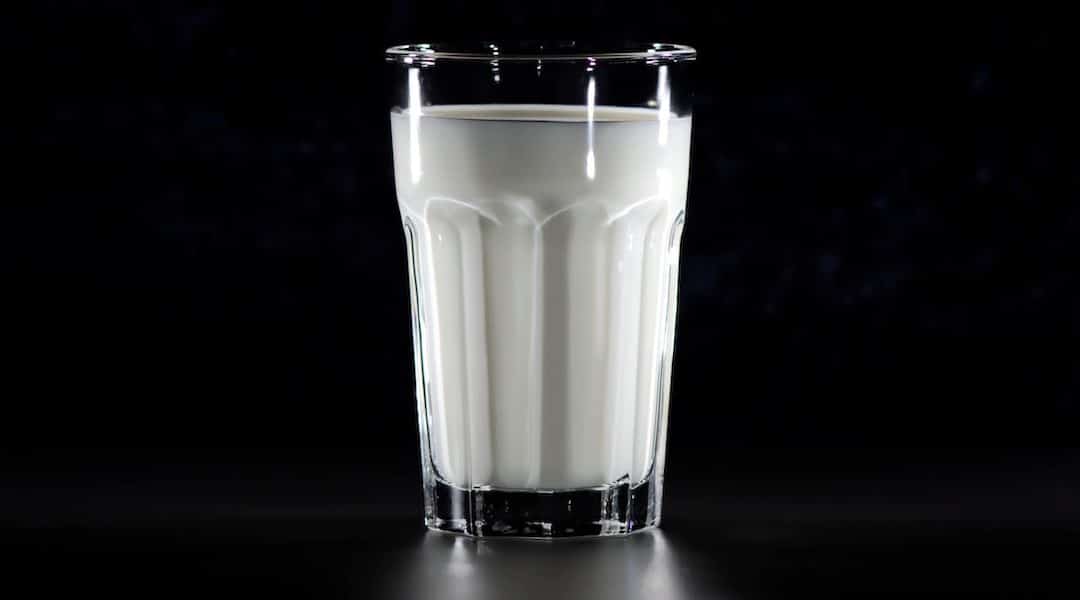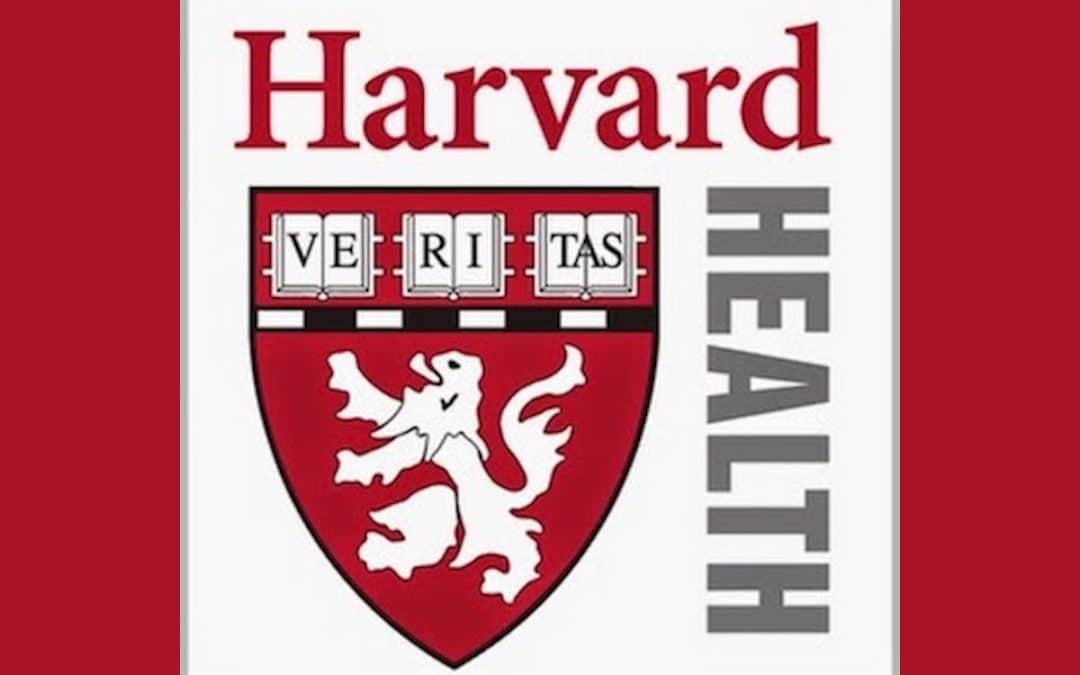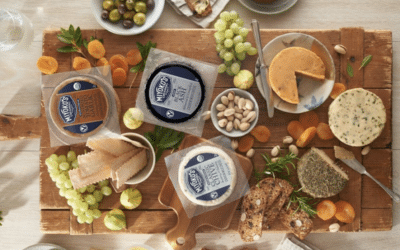As a parent, you want the best for your children, and nutrition plays a significant role in their overall success. It is crucial to consume all the necessary macro and micronutrients as children blossom into adolescence, because a balanced diet not only contributes to physical health, but academic and mental health as well. The dairy industry would like to have parents believe that their teens need cow’s milk to obtain these essential nutrients, claiming it will help them in sports and academics. To “prove” the nutrient “superiority” of dairy, the National Dairy Council funded a study in 2016 titled, “The Impact of Doubling Dairy or Plant-Based Foods on Consumption of Nutrients of Concern and Proper Bone Health for Adolescent Females” (a similar study was also conducted within that same year). Essentially, the researchers concluded that limiting dairy and increasing plant-based foods could lead to “nutritional consequences” in teenage girls. We asked our Switch4Good scientists to analyze the study. Not surprisingly, they found that several aspects of the study were specifically designed to favor dairy, skewing the results.
The Study
To understand the manipulated design, it is necessary to understand the basics of the study. The participants were comprised of adolescent females ranging from nine to eighteen years old. All were directed to undergo three dietary scenarios: 1). Doubling the amount of plant-based foods they already consume and lessening the amount of animal-based foods on a “gram for gram basis.” 2). Doubling the amount of protein-rich plant-based foods and lessening the amount of animal-based foods on a “gram for gram basis.” 3). Doubling dairy intake with no removal of other foods. The participants then reported back to the researchers what they ate 24 hours after these scenarios. The first reporting was conducted in person, the other via phone call. The results showed an increased intake of folate, fiber, and vitamin E during the plant-based scenarios, but a deficiency in calcium, zinc, vitamin D, and protein. During the doubling of dairy scenario, the intake of calcium, protein, zinc, magnesium, and vitamin D all improved. This led researchers to conclude that a plant-based diet may not be sufficient in regards to optimal nutrition, and that dairy may help “fill in the gaps,” as the industry likes to put it.
Before diving into specifics, it is important to note that this is a dairy-funded study. It would not benefit The National Dairy Council to publish a study with unfavorable results; therefore, it is relatively safe to assume some bias went into the design. While numbers cannot be argued, scientists are skilled at developing research methods that will result in a desired outcome. As detailed below, several characteristics of this study were designed to favor dairy.
Design Flaws
The hypothesis itself sends the study down a questionable and inevitably unreliable trajectory. Researchers wrote, “Our hypothesis was that doubling foods that are already consumed, in specific food groups, would be easier to achieve than imposing a behavior change that required increasing the intakes of foods not currently consumed by adolescents.” The participants were not asked to eat a balanced diet or alter their preferred eating habits, they were simply asked to eat twice as much of the foods that they routinely include in their diets. So, if a teen merely doubled the amount of plant-based processed foods that they are used to eating, it’s no surprise that they didn’t meet all their nutritional requirements. Researchers noted, “Grain-based foods comprised the largest food group consumed within the plant-based food category.” A diet of pasta, white bread, french fries, nondairy frappuccinos, and perhaps a few baby carrots won’t cut it. We agree. But that’s also not an ideal plant-based diet. If the researchers had gone the extra mile to ensure these teens ate a variety of whole foods instead of typical teen food, the results may have looked quite different.
The researchers could not trust the participants with habit change or altering their diet, and yet, they trusted them to orally recall their food intake 24 hours after each scenario. This data collection technique, known as dietary recall, has often been questioned by the academic population as to its reliability. It allows participant bias to interfere; participants may forget certain foods, overestimate others, and/or purposefully not report “bad” or unhealthy foods for fear of judgment. This poses a major red flag. If we cannot be completely certain of what the participants ate, how can we trust the results?
In addition to dietary recall, the “gram to gram” swap gave dairy an obvious advantage. Most plant-based foods tend to be less calorically dense than dairy-based foods, meaning you need to eat more plants to maintain one’s regular caloric intake. However, the gram to gram conversion does not account for this. For example, four grams of carrots contain two calories, whereas four grams of cheese contains 16 calories. This methodology is not applicable to everyday life, where a person would eat more plant-based food, not based on a perfect gram-to-gram ratio, but on satiation and caloric equivalence. An advantage was also given to dairy in that no plant-based foods were removed from the diet during the double dairy scenario. Therefore, the participants were eating an adequate amount of calories (if not a surplus) and also obtaining some nutrients from nondairy sources.
Amongst the many flaws in this biased study, our scientists did find one agreeable statement: “…general non-specific recommendations to increase plant-based foods at the expense of all animal foods lead to some nutritional benefits but can also result in unintended consequences.” It’s true that we should be cognizant of our food choices and opt for whole, plant-based foods, especially now that nondairy and plant-based equivalents exist for virtually every animal-based food product. But this is true for all diets, plant-based, paleo, or otherwise. One cannot meet nutritional recommendations based on paleo protein cookies or vegan cookies alone. A healthy diet is comprised of a variety of whole and/or minimally processed plant-based foods including fruits, vegetables, legumes, whole grains, nuts, and seeds. As evident by the results, even dairy is missing key nutrients. It is not the superfood the dairy industry touts it to be.
Our Conclusion
Despite the researcher’s complete lack of confidence, we believe behavior change is possible, and people—even the most stubborn of teenagers—can successfully adopt a healthy plant-based diet. In fact, introducing this type of diet to adolescents is critical, as the researchers noted, “Many diet and lifestyle habits acquired during adolescence carry over into adulthood and can last a lifetime.” Parents can offer their child an advantage by helping them transition to a plant-based diet during these pivotal years of life. Don’t wait until your teen becomes a young adult and struggles with obesity or pre-type 2 diabetes. It’s time to make the switch4good.
Photo credit: Milk Life








